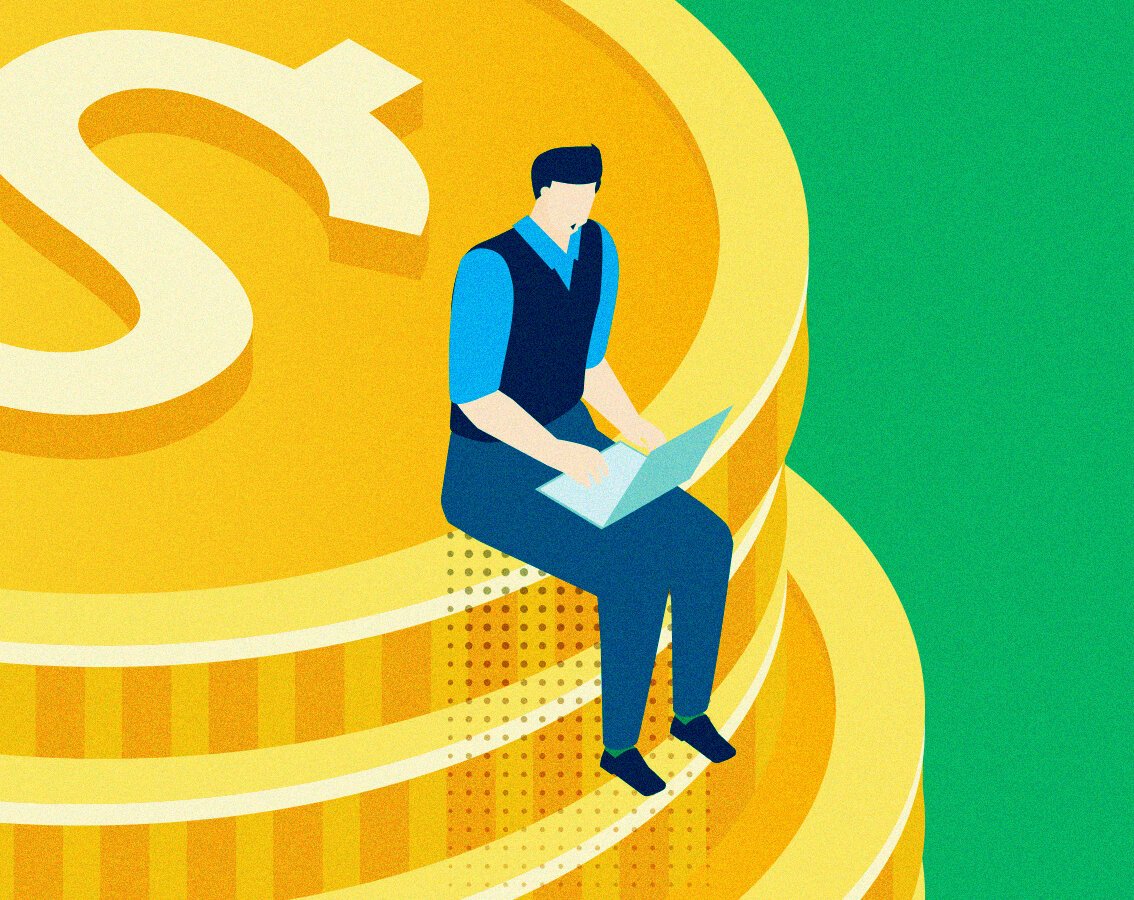blog
Why ignoring design in the experience economy is costing you millions
By Siddhant Chaudhary Design October 7, 2019
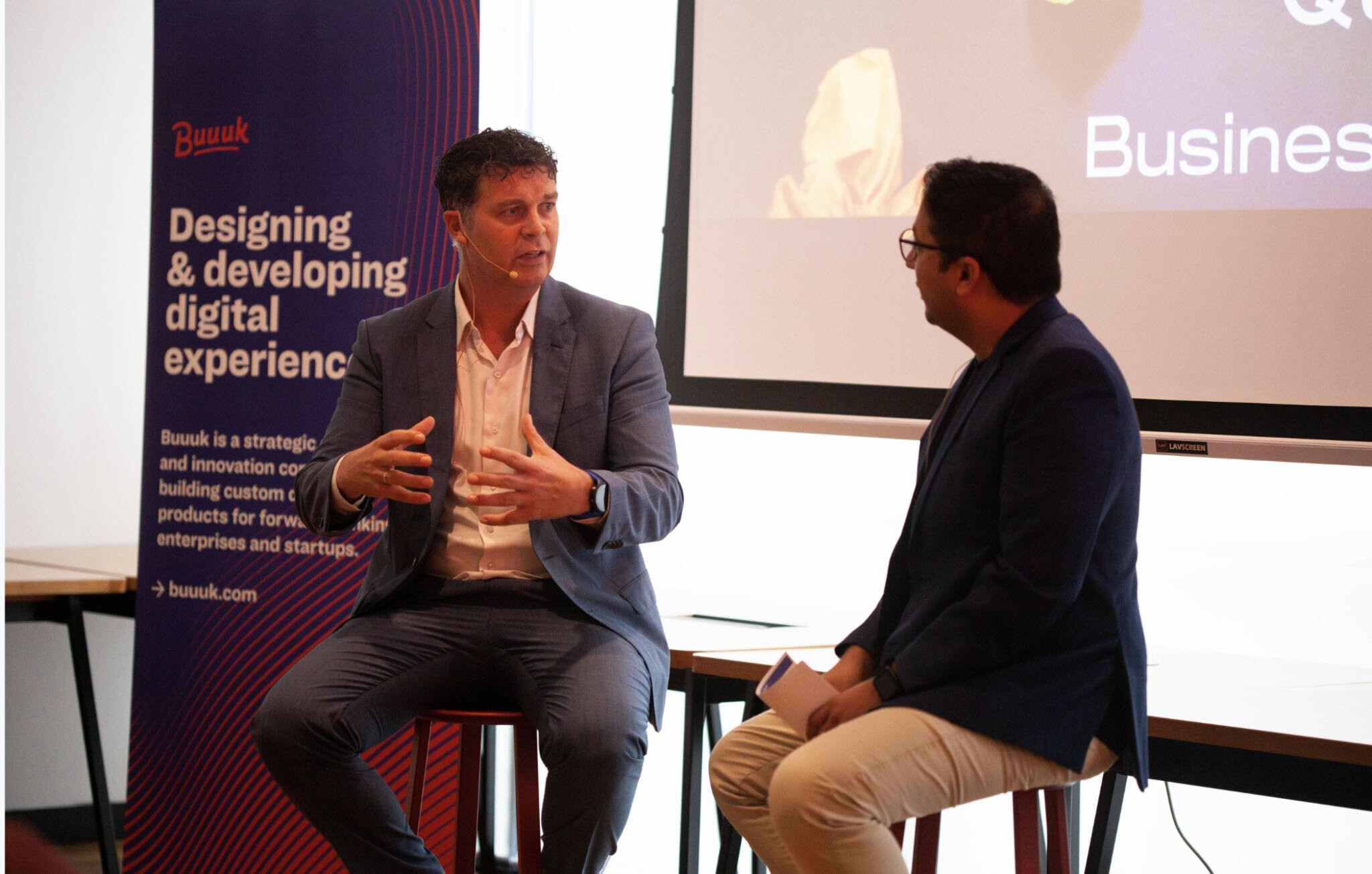
Back in July, Buuuk was proud to host an event focusing on the impact that design thinking can have on businesses, especially in a world where we’ve transitioned into an experience-based economy. Today’s article gives us a roundup of the key points of the presentation held by Koert Breebaart of SAP. If you want to catch the full talk, you can watch it here.
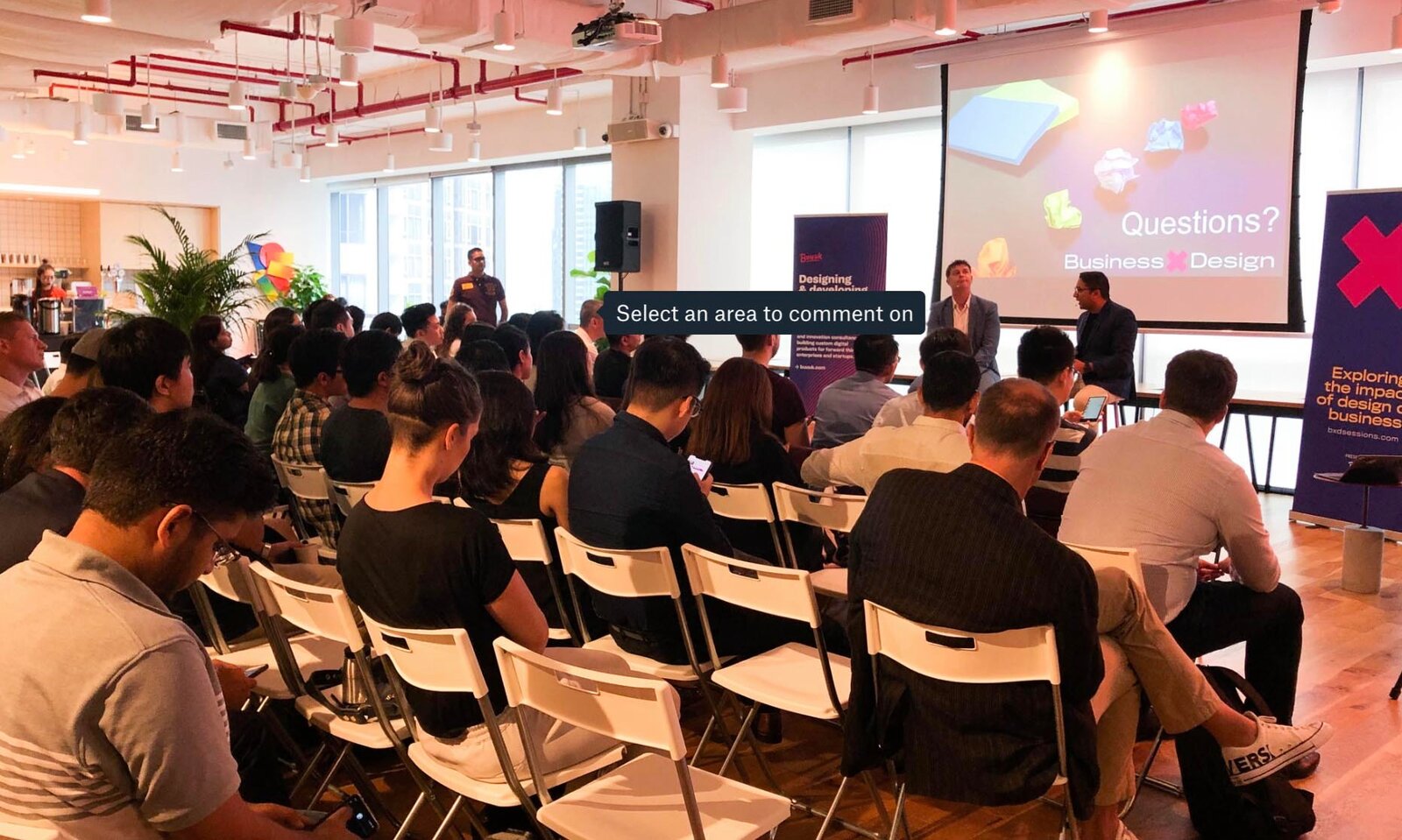
Progression of Economic Value
As consumers, we haven’t always been in an experience-based economy, that concept has grown and evolved over time and, with that, the prices of these things have increased.
Hundreds of years ago, business was done in the form of exchanging and trading commodities. Gradually businesses evolved to develop products for their customers, take for example the car industry, where companies such as Ford excelled. Before long, the era of Information Technology came along and companies realized they could sell services.
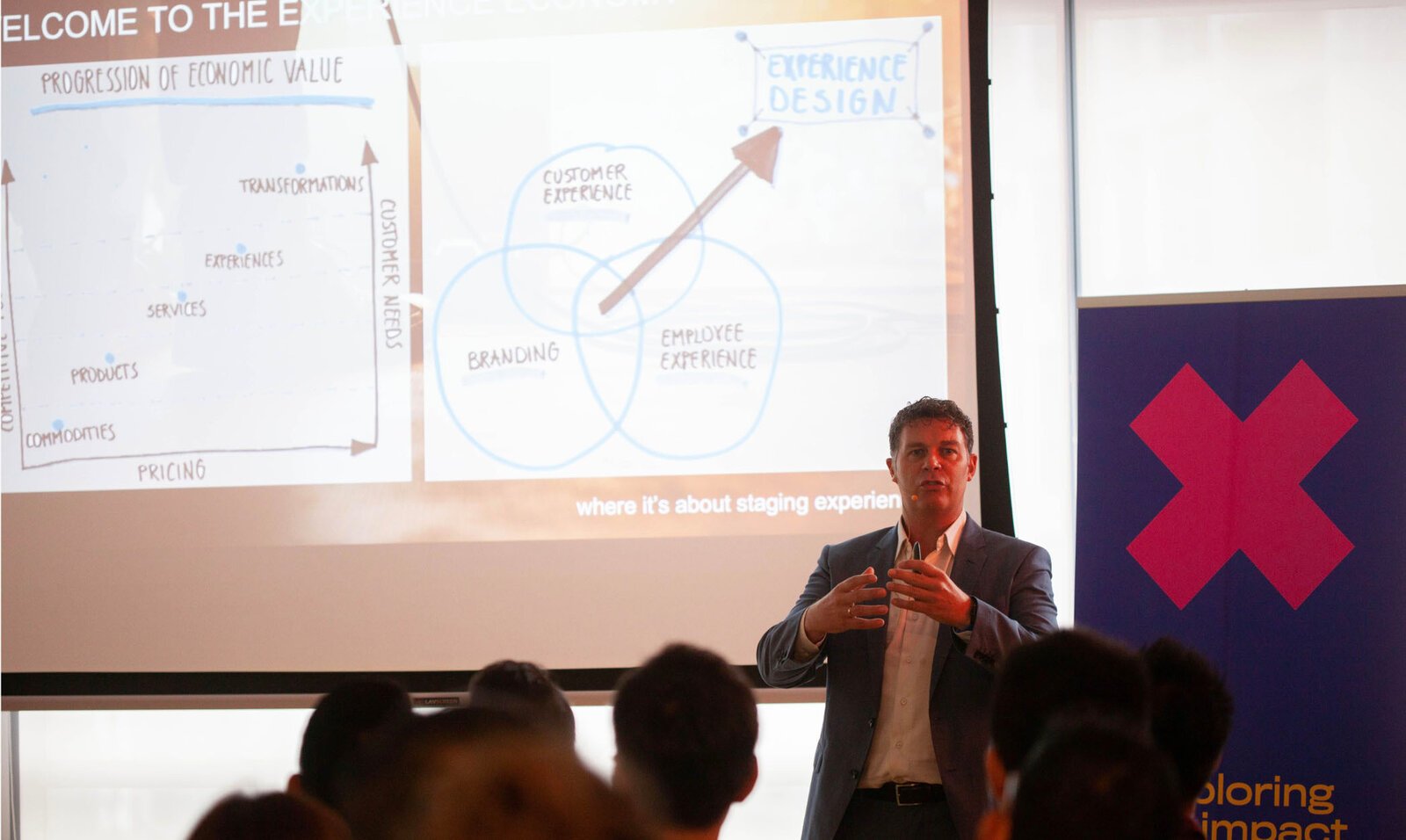
Though all of the above are still things the consumer wants and needs, we have transitioned to the experienced-based economy and, sometimes, as humans we crave experiences more than we crave actual things. The likes of Uber and Airbnb are great examples of a product/service now focusing more on the experience as a whole; customers can even book experiences as part of their package.
We are in the early-ish days of this economy and will likely see it flourish for the next 10-20 years, where it will completely take over the service economy. But what happens after that?
We will go into a transformation-based economy, where consumers will be able to pay businesses to transform the way that they think. As this is many years away from coming to fruition, let’s focus on the experience design for the moment.
Experience Design
Experience design is composed of three main factors; branding, customer experience, and employee experience all of which play a pivotal role in the success of experience design.
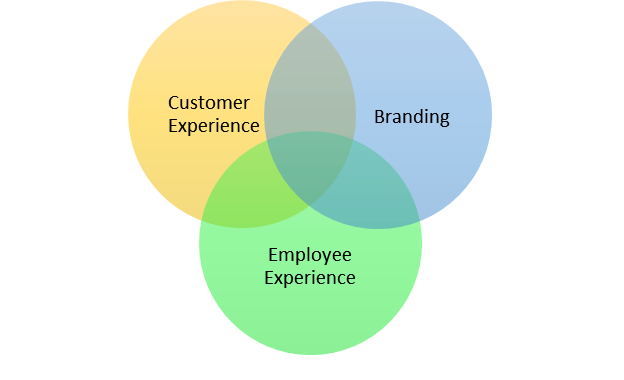
Customer Experience: The Issue of the Experience Gap
If you’re a business owner, ask yourself this question. Do you know what makes your customers have a positive experience? Think honestly about it.
The shocking thing is that 80% of CEOs think they do know, yet only 8% of customers feel this way. This reflects a huge disconnect between business owners and customers.
As a rule of thumb, small businesses tend to have a smaller gap as they usually know their customers face to face and have time for them. However, as a company grows the decision-makers are nowhere near the front line anymore.
Boardrooms make decisions on what they think employees and customers want but often they don’t actually know. In order to be successful in an experience-based economy, the gap needs to be closed.
Likewise, smaller businesses are usually in the startup phase and therefore have a more excited and engaged workforce onboard. It’s only when they become stressed and monotonous procedures have to be put in place do they get bored and seek employment elsewhere to fulfil their career needs.
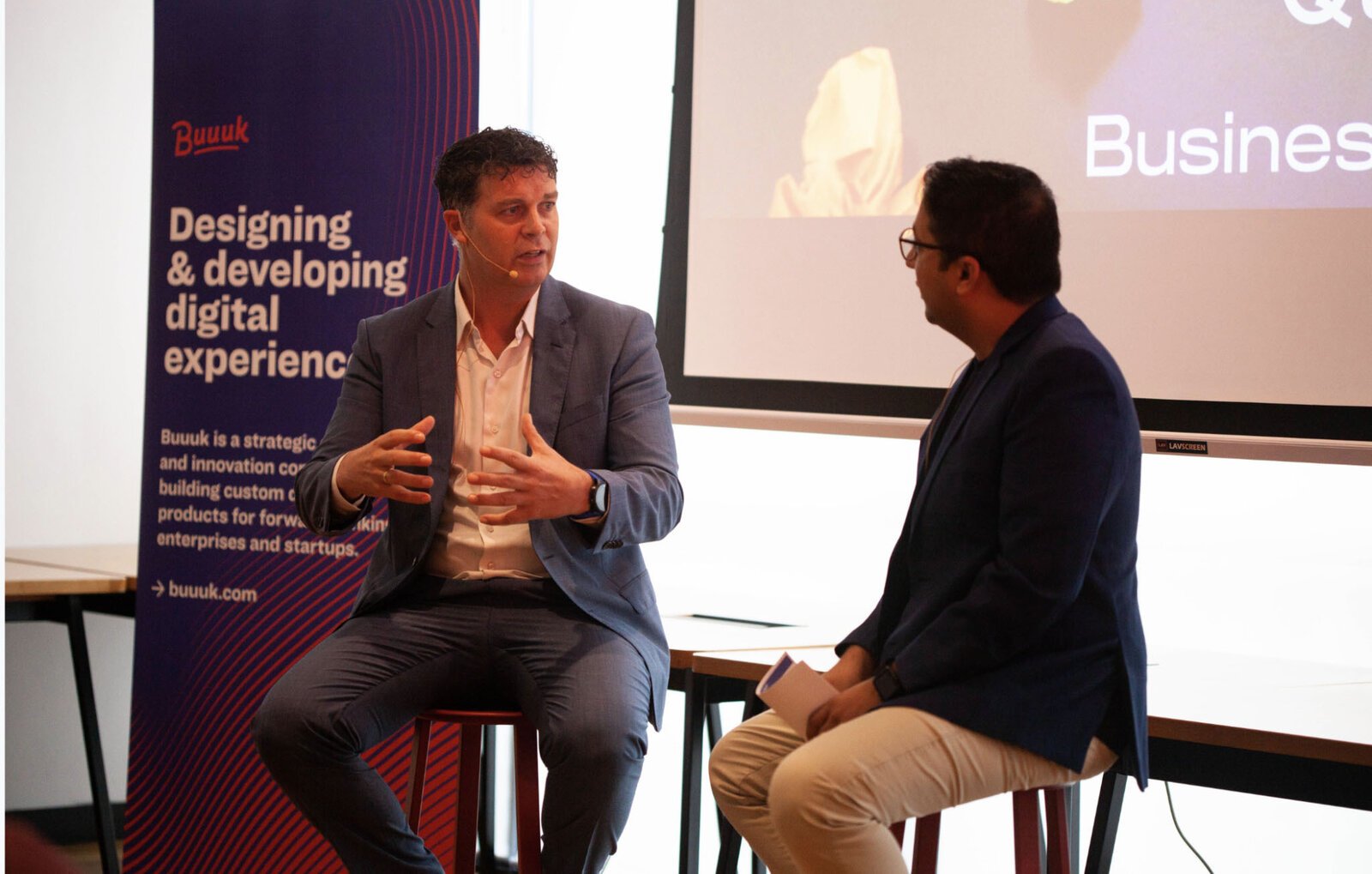
Being Innovative
Many businesses are currently in a situation where they run their companies blindly. Despite being in a data-driven world, some high-level executives can take select data points instead of looking at the bigger picture and can make a decision which won’t necessarily solve issues.
Innovation is a formula that requires both creativity and execution together. Many businesses try to solve problems their customers face. However, this is only an execution and results in only very gradual, incremental changes.
Whereas, if we look at disruptors of industries, they’re the creators, they challenge the status quo and find problems as opposed to just solving them. Take Spotify for example , who changed the way we consume music. They basically killed the CD.
Why is Design Thinking Important?
Design thinking ensures that businesses are empathetic towards the end user. It puts the business owner in the consumers shoes and encourages new exciting ideas to solve problems they face. Without empathy and actively engaging in design thinking, businesses are sure to fail.
A great example of effective design thinking is that of Doug Dietz, a designer who works for GE. After analysing data, GE found that 80% of children who needed an MRI scan needed to be sedated for it, which can be both upsetting and unnecessary. So Dietz formulated a creative solution to ensure kids wouldn’t need sedation.
By designing and decorating the MRI scanner in a fun, non-clinical theme, children were less scared and as a result, only 10% had to be sedated thereafter. By putting himself in the children’s shoes, Dietz came up with a much more effective way to treat young patients without having to go through the costly and unviable experience of changing the way MRI scans are done.

